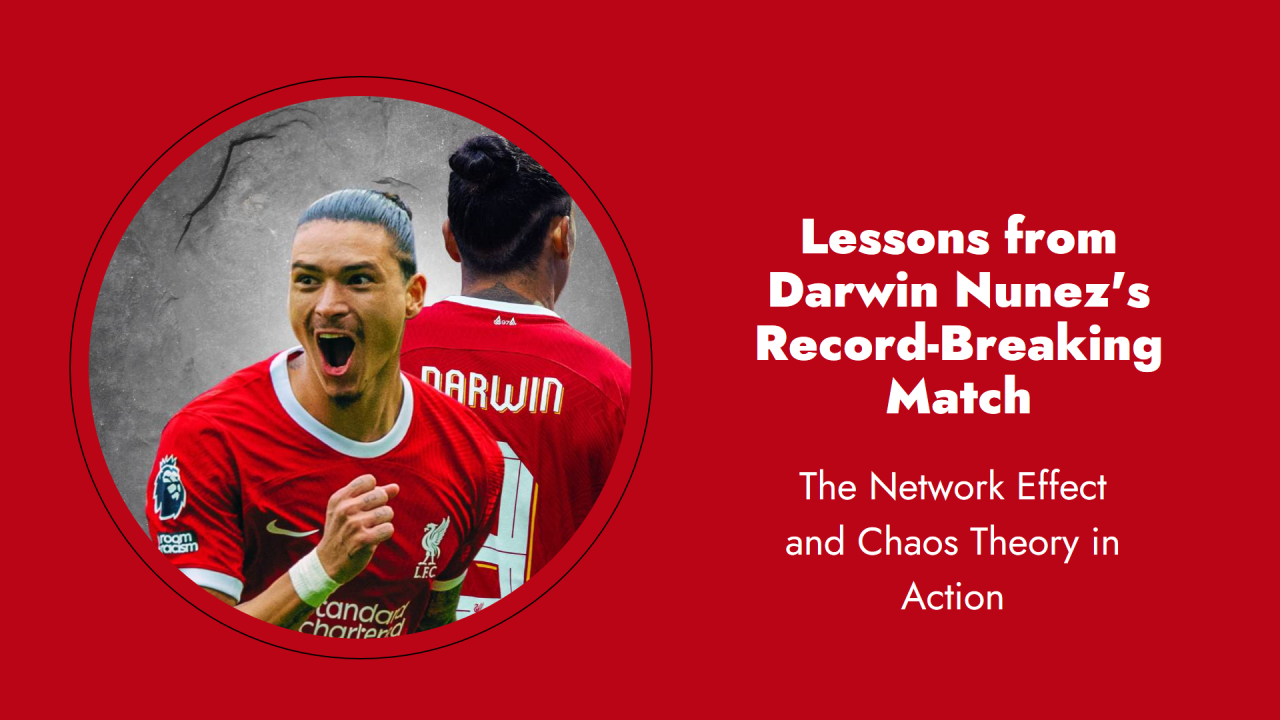
The European Markets in Financial Instruments Directive II (MiFID II), is well into its second year and last week marked the second annual Unbundling Uncovered USA conference in New York, hosted by Substantive Research.
It is not surprising that the conference is growing in popularity as most conference participants recognized that research unbundling is going global, echoing the results of a Liquidnet survey that 53% of buy-side respondents have already implemented a global policy.
There were concerns from the regulator that there has been over-compliance on minor non-monetary benefits such as trials and marketing, along with a reminder that direct issuer sponsored research is allowed and that trade events are not inducements. The concerns that the European Commission had on small-mid cap research was not evidenced, and was indeed something that I had highlighted in a Bloomberg article back in January 2017.
The verdict was mixed on the next steps from the SEC on the expiry of their no-action relief 30 months from MiFID II’s implementation – ranging from an extension of the relief to seeing this as the first step in taking action. It is important to remember that only a handful of banks registered as investment advisors in order to take payments for research. While several large global asset managers are paying globally, smaller / mid-sized asset managers express concern over implementation and potential cost impact on performance.
Much of the conversation centered around operational best practice including the transparency, pricing and the evaluation of research. While firms seemed to differ in approaches, it was clear that interactions play an important part in the process – with the requirement of a qualitative overlay on top.
One challenge that firms face is understanding the value of an interaction as this discovery process is not linear, i.e. you may have 10 interactions that have little value, but you need to get to that 11th that add significant value. The term interaction is used broadly and it is clear that firms differ as to what they class an interaction, i.e. one firm may class a call over 30 mins as a significant interaction, but does this mean a call of 29 mins was not an interaction?
What is also clear, is that many firms are continuing the trend of increasing usage of one-on-one meetings (phone or in-person) over consumption of written reports. Pricing and monitoring of these interactions is an on-going issue, as firms seek to keep expenses in check. Some firms are focused on costs, reducing the amount of interactions, preferring shorter calls, while other firms are more focused on the value and quality of the interaction.
New to the conference this year was a panel discussion devoted entirely to ‘corporate access’. Many firms have been re-inventing corporate access to mean more expert access and thought leadership, thereby creating more value. There has been a shift to calls over meetings, with a need for automation in this space to create value over manual and inefficient processes, with the opportunity to minimise risk with increased compliance. In addition, other primary sources such as surveys are becoming more important research drivers and differentiators.
The vendors at the conference while providing valuable insights in the ever-changing research landscape, were also there to showcase their solutions. What is clear, is that the winners in this space are those whose solutions improve the investment process and are not just there to meet the current regulatory needs.
About Author
Amar Rajani is Founder and Managing Director at Argella, an advisory firm specialising in FinTech with specialist knowledge in research, data and collaboration. He sits on several advisory boards of firms working across research and sales trading technology. Prior to launching Argella, Amar spent 17 years at Bloomberg LP, where he was Global Product Manager for Bloomberg’s research management business.
Amar acts as an advisor to Coleman Exchange, a software solution developed by Coleman Research, which helps buy-and sell-side firms to automate and better manage many of the administrative and compliance tasks associated with Expert research interactions.
This article originally appeared in Coleman Research Insights.







